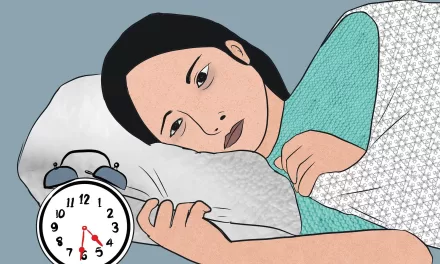In a major advancement in the fight against tuberculosis (TB), the World Health Organization (WHO) has announced groundbreaking updates to its guidelines for treating drug-resistant tuberculosis (DR-TB). This pivotal shift introduces new, shorter, and all-oral treatment regimens designed to enhance efficacy, reduce treatment duration, and improve safety for patients battling multidrug-resistant TB (MDR-TB) and rifampicin-resistant TB (RR-TB).
A New Hope: Shorter, More Effective Treatment Regimens
Among the most notable updates is the introduction of the 6-month BPaLM regimen, which includes bedaquiline, pretomanid, linezolid (600 mg), and moxifloxacin. This regimen offers a significant reduction in treatment duration compared to the traditional longer regimens that often extend beyond nine months. It is poised to become a game-changer for eligible patients, particularly those aged 14 and above who have not previously been treated with these drugs.
For patients with pre-extensively drug-resistant TB (pre-XDR-TB) or those resistant to fluoroquinolones, the BPaLM regimen can be adjusted to the BPaL regimen by omitting moxifloxacin. This flexibility ensures that healthcare providers can tailor treatments based on individual patient profiles and resistance patterns, maximizing effectiveness while minimizing potential adverse effects.
Expanding Access: The BDLLfxC Regimen
The WHO has also introduced the BDLLfxC regimen, a 6-month treatment that combines bedaquiline, delamanid, linezolid (600 mg), levofloxacin, and clofazimine. This regimen marks a significant expansion in treatment options, particularly for children, adolescents, and pregnant women—groups previously excluded from the BPaLM regimen due to safety concerns related to pretomanid.
The BDLLfxC regimen is designed to be adaptable based on fluoroquinolone resistance, allowing for modifications such as the exclusion of levofloxacin or clofazimine according to drug susceptibility testing (DST) results. This adaptability facilitates prompt treatment initiation, even when complete DST results are not immediately available.
Longer Isn’t Always Better: Rethinking 9-Month Regimens
In addition to introducing shorter regimens, the WHO has reassessed and updated existing 9-month all-oral treatment options. Regimens like BLMZ, BLLfxCZ, and BDLLfxZ are now preferred for patients without fluoroquinolone resistance and with no prior exposure to key second-line drugs such as bedaquiline and linezolid. These shorter regimens offer improved safety profiles and effectiveness compared to their longer predecessors, making them a more viable option for many patients.
The Future of TB Treatment: Tailored and Patient-Centric
The WHO’s updated guidelines signify a significant move towards personalized TB care. By prioritizing individual patient profiles—including drug resistance patterns, treatment history, and disease severity—the new approach aims to ensure optimal treatment outcomes while minimizing the risk of further drug resistance and adverse effects.
Looking forward, the WHO is set to release a comprehensive update to its TB treatment guidelines in 2025. This forthcoming guideline will integrate the latest evidence and provide detailed recommendations for the use of the new regimens, further advancing the global fight against TB.
The introduction of these new regimens marks a substantial milestone in TB treatment, offering patients more effective, shorter, and safer options. With these advancements, the global health community moves closer to overcoming this persistent public health challenge.











